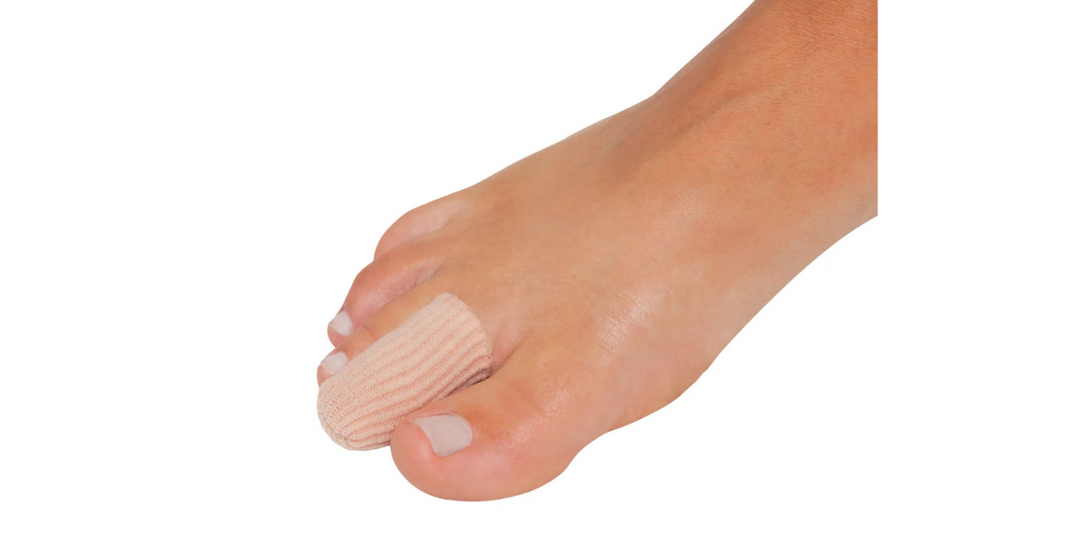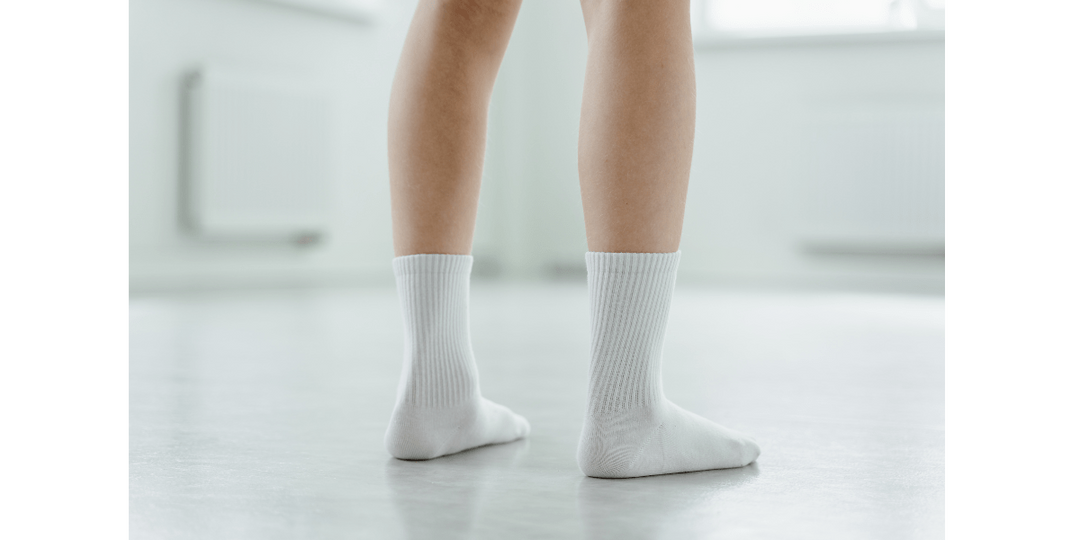Understanding Plantar Fasciitis: Causes, Symptoms, and Treatments
Understanding Plantar Fasciitis: Causes, Symptoms, and Treatments
Plantar fasciitis is one of the most common causes of heel pain that podiatrists see in the clinic, and it affects people of all ages and activity levels. This condition can be both frustrating and painful, especially if left untreated. If you’ve been experiencing heel pain that feels worse when you take your first steps in the morning or after periods of rest, you may be dealing with plantar fasciitis. Make sure however to visit a podiatrist so you can first get a professional diagnosis.
In this blog post, we’ll dive into what plantar fasciitis is, the causes and symptoms of the condition, and the best treatments available to relieve the pain and prevent it from recurring.
What is Plantar Fasciitis?
Plantar fasciitis is the inflammation of the plantar fascia, a thick band of tissue that runs along the bottom of your foot, connecting your heel bone to your toes. This ligament supports the arch of your foot and acts as a shock absorber when you walk or run. When the plantar fascia is overstressed or strained, tiny tears can develop, leading to inflammation and heel pain.
Although plantar fasciitis can affect anyone, it is particularly common among runners, athletes, and people who spend a lot of time on their feet - such as jobs that require you to be on your feet for long periods of time. Left untreated, the condition can worsen and lead to chronic heel pain, making it difficult to walk or perform daily activities.
Causes of Plantar Fasciitis
Several factors can contribute to the development of plantar fasciitis, including:
Overuse or High-Impact Activities: Repetitive activities such as running, jumping, or standing for long periods can strain the plantar fascia, especially if done on hard surfaces.
Foot Structure: People with flat feet, high arches, or abnormal walking patterns are more likely to develop plantar fasciitis due to the extra stress placed on the plantar fascia.
Age: Plantar fasciitis is most common in people aged 40-60, as the plantar fascia can lose elasticity and become more susceptible to injury as you age.
Obesity or Sudden Weight Gain: Excess weight increases the pressure on your feet, especially the plantar fascia, leading to an increased risk of inflammation.
Inappropriate Footwear: Wearing shoes with poor arch support, minimal cushioning, or overly high heels can increase the risk of developing plantar fasciitis.
Tight Muscles: Tight calf muscles or Achilles tendons can increase strain on the plantar fascia, contributing to inflammation.
Symptoms of Plantar Fasciitis
The hallmark symptom of plantar fasciitis is sharp, stabbing pain in the heel, especially when you take your first steps in the morning or after long periods of sitting or standing. The pain tends to decrease as you move around, but it may return after prolonged activity or by the end of the day.
Other common symptoms include:
Heel pain that worsens after exercise or physical activity.Pain when standing up after sitting for long periods.Tightness in the Achilles tendon or calf muscles.Tenderness or swelling in the heel or arch of the foot.
Treatment Options for Plantar Fasciitis
The good news is that plantar fasciitis can usually be treated with non-invasive methods, especially if you address it early. Below are some of the most effective treatments for managing plantar fasciitis pain and preventing it from returning:
1. Rest
Resting your feet and avoiding high-impact activities that aggravate the condition is crucial for healing. We understand that most people cannot sit all day however it is best to avoid activities that require you to be on your feet for long periods.
2. Stretching Exercises
Stretching the plantar fascia, Achilles tendon, and calf muscles can help reduce tension and improve flexibility in the foot. Some helpful stretches include:
Calf stretches: Stand facing a wall, place one foot behind you, and bend your front knee while keeping your back heel on the ground. Hold for 30 seconds and repeat.Plantar fascia stretch: Sit in a chair and cross one foot over your knee. Gently pull back on your toes, stretching the bottom of your foot. Hold for 30 seconds and repeat.
Regular stretching, especially in the morning, can significantly reduce pain. You can also use products such as the Fasciitis Fighter or pediroller to aid your stretching routine.
3. Footwear & Orthotics
Wearing supportive shoes with good arch support and cushioning can help relieve pressure on the plantar fascia. Avoid shoes with thin soles, high heels, or inadequate arch support.
Orthotic inserts, either custom-made or over-the-counter, can provide additional arch support and distribute pressure more evenly across the foot, helping to alleviate pain.
4. Plantar Fasciitis Socks and Sleeves
Plantar fasciitis socks and sleeves can be a helpful tool in managing the symptoms of plantar fasciitis, which is a condition that causes pain in the heel and bottom of the foot, especially in the morning or after long periods of standing or walking. These specialized socks and sleeves are designed to provide compression and support to the foot, particularly targeting the arch and heel areas, where plantar fasciitis tends to cause discomfort.
4. Night Splints
Wearing a night splint can help keep your foot in a stretched position while you sleep, preventing the plantar fascia from tightening overnight. This can reduce morning pain and promote healing.
6. Corticosteroid Injections
For severe or persistent cases of plantar fasciitis, a doctor may recommend a corticosteroid injection to reduce inflammation and provide pain relief. This treatment is typically used when other conservative treatments have not been effective.
7. Extracorporeal Shock Wave Therapy (ESWT)
ESWT uses sound waves to stimulate healing in the plantar fascia and is often recommended for chronic cases of plantar fasciitis that do not respond to traditional treatments. See your podiatrist for advice on whether this treatment is right for you.
8. Surgery (Last Resort)
In rare cases where plantar fasciitis doesn’t improve with non-surgical treatments, surgery may be considered. A surgical procedure, such as plantar fascia release, involves cutting a portion of the plantar fascia to relieve tension and reduce pain.
Preventing Plantar Fasciitis
Taking care of your feet is essential in preventing plantar fasciitis, especially if you’re at higher risk. Here are a few tips to keep your feet healthy and pain-free:
Wear Supportive Footwear: Choose shoes that provide good arch support, cushioning, and a slight heel lift to reduce strain on the plantar fascia.Warm Up and Stretch: Always stretch your feet and calves before exercise to keep your muscles and tendons flexible.Maintain a Healthy Weight: Keeping your weight in a healthy range can reduce the pressure on your feet and lower the risk of plantar fasciitis.Strengthen Your Feet: Incorporate exercises that strengthen the muscles in your feet and calves to improve stability and support.
Conclusion
Plantar fasciitis can be a painful and frustrating condition, but with the right treatment and care, it is manageable. Early intervention is key to preventing the condition from worsening, so if you’re experiencing heel pain, take action by incorporating these treatments into your routine.
From rest and stretching to supportive footwear and orthotics, there are plenty of ways to manage plantar fasciitis and get back on your feet pain-free. If your symptoms persist, it’s important to consult a healthcare professional or podiatrist to explore more advanced treatment options.









Leave a comment